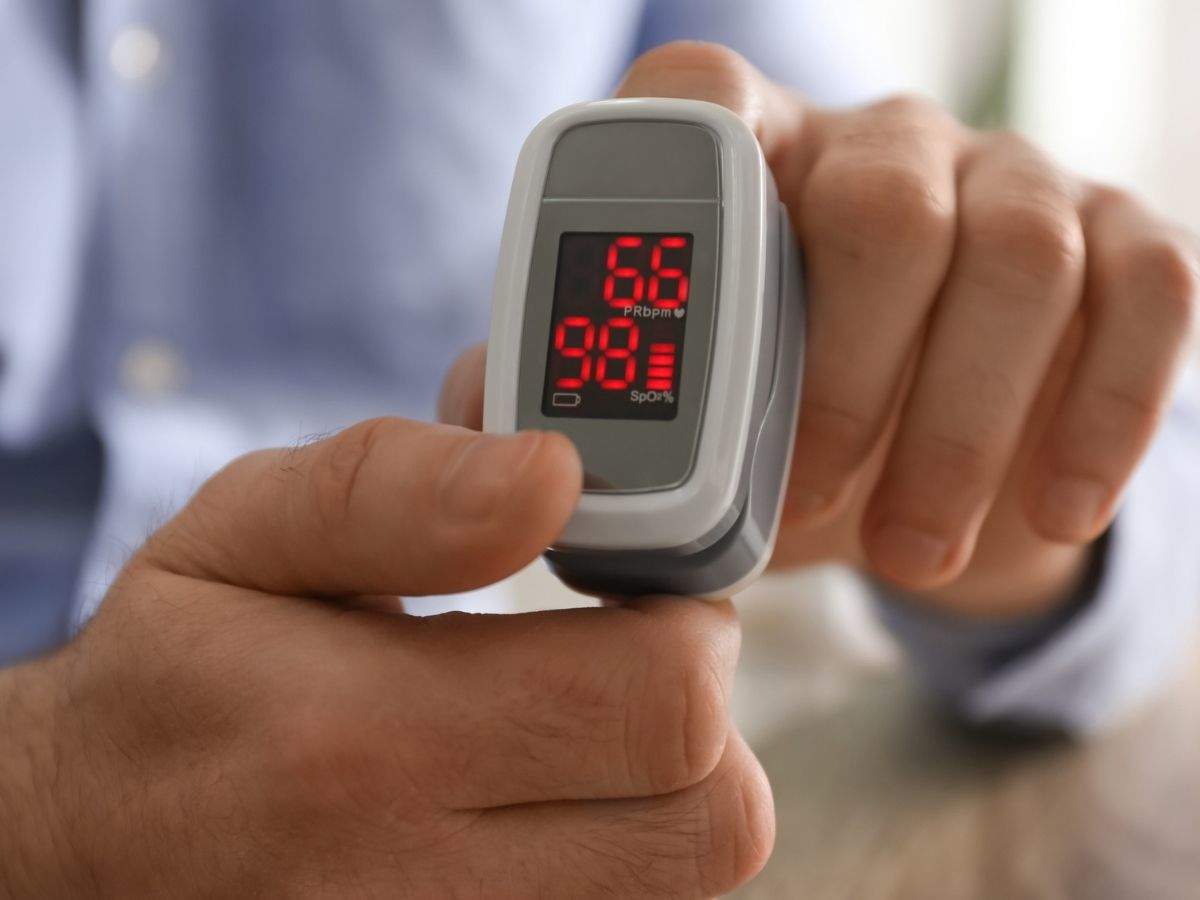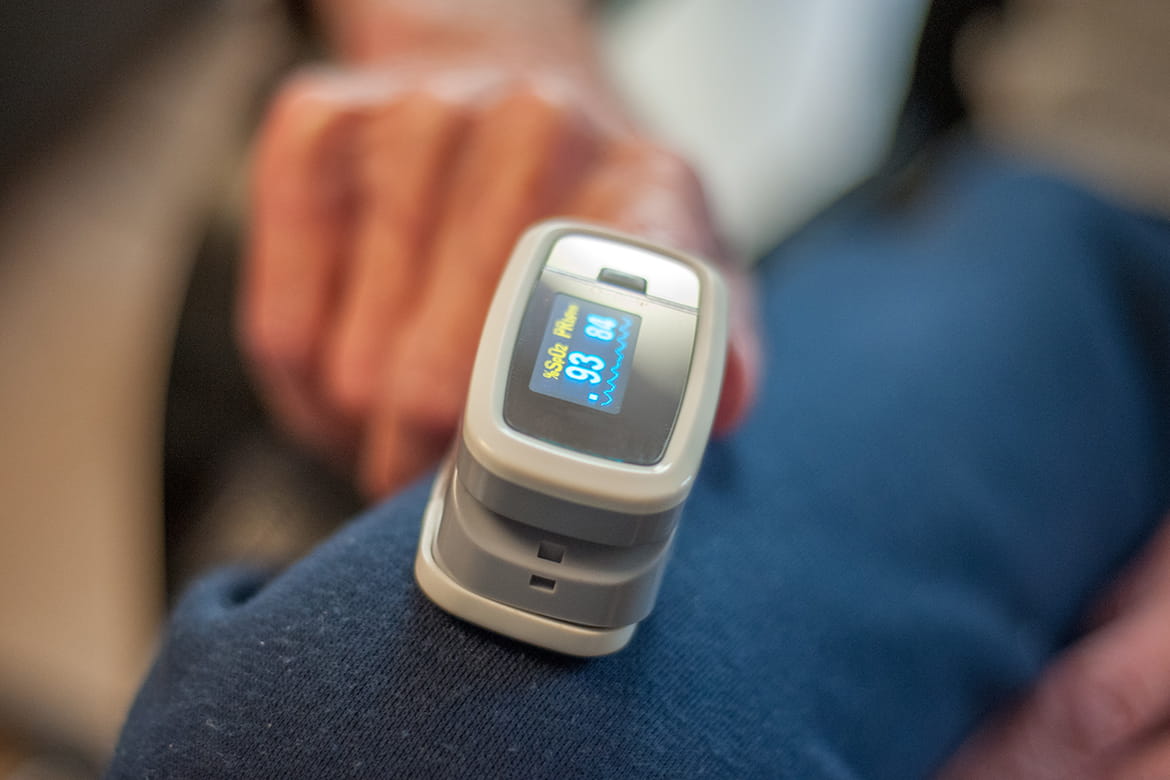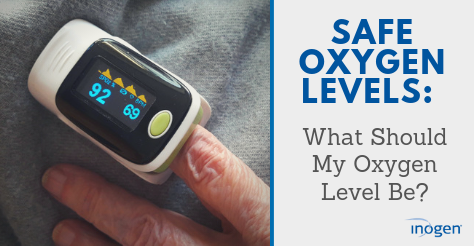Blood oxygen levels can get low due to any of the problems that include. Your blood oxygen level is a measure of how much oxygen your red blood cells are carrying.
 Covid 19 How You Can Increase Oxygen Levels At Home As Advised By The Indian Health Ministry
Covid 19 How You Can Increase Oxygen Levels At Home As Advised By The Indian Health Ministry
Hypoxemia is determined by measuring the amount of oxygen present in a blood sample taken from an artery using an ABG test.

What is oxygen level. However this can be difficult to do at home. Any level below this is considered dangerous and warrants urgent oxygen supplementation andor treatment for your lung condition. Your body closely regulates your blood oxygen level.
7 Facts to Remember About Blood Oxygen Saturation Levels. An SpO 2 reading of 95 or more is generally considered to be a normal oxygen level. Values under 60 mm Hg usually indicate the need for supplemental oxygen.
People who are breathing normal who have relatively healthy lungs or asthma that is under control will have a blood oxygen level of 95 to 100. When using an ABG test to measure the amount of oxygen in your blood the range for a normal result is 75 100 millimeters of mercury mmHg. Normal oxygen saturation is usually between 96 and 98.
A blood oxygen level of between 75 and 100 millimeters of mercury mm Hg is considered to be OK. Simply put your blood oxygen level or SpO2 level is the amount of oxygen in your blood. So what is the normal oxygen level.
What is a normal blood oxygen level SpO2 reading. Anything below 60 mm Hg is considered abnormal and the medical professional that carried out the test will likely prescribe some form of treatment plan. It is a matter of gas laws.
In the case of dangerously low blood oxygen the level that requires supplemental oxygen is anything under 60. But if it is falling after exercise then you need to call a doctor. This protein carries oxygen to all of your organs.
When oxygen saturation levels fall below 92 the pressure of the oxygen in your blood is too low to penetrate the walls of the red blood cells. Decreased capacity of the body to take in oxygen. This can be caused by lung conditions that.
Hemoglobin also known as haemoglobin and by the initials Hb or Hgb is a protein found in red blood cells. Maintaining the precise balance of oxygen-saturated. Learning About Blood Oxygen Levels.
When blood oxygen levels drop below normal a condition known as hypoxemia occurs. A normal blood oxygen level typically ranges from 75 to 100 mm Hg. An oxygen saturation level also known as O2 sat is simply the measurement for the amount of oxygen in your bloodstream.
If your O2 saturation is above 94 then there is no problem. In COPD hypoxemia is a problem related to your breathing. All organs in the human body need oxygen to function.
Insufficient saturation can cause issues such as chest pain shortness of breath and increased heart rate. Low air oxygen levels. As per medical experts Oxygen level above 94 per cent is considered safe.
An SpO 2 reading of 92 or less could indicate that your blood is poorly saturated. What Are Normal Blood Oxygen Levels. Atmospheric oxygen becomes extremely low at high altitudes such as mountainous regions.
Your insurance company may not pay for oxygen unless your levels fall to 88 oxygen saturation. Your blood oxygen level is the amount of oxygen circulating in your blood. Verywell Laura Porter How Blood Becomes Oxygenated.
Now among the patients who are suffering from COVID-19 it has been noted that most. On your lab report your ABG test results may be listed as. Normal arterial oxygen is approximately 75 to 100 millimeters of mercury mm Hg.
Read on to learn more about blood oxygen levels what is a normal level and when you should be concerned. If your blood oxygen level drops to an unsafe point it is a condition known as hypoxemia which is life-threatening. The best way to monitor blood oxygen levels is through your arterial blood gasses ABGs.
A person is considered healthy when the oxygen level is above 94. Normal pulse oximeter readings usually range from 95 to 100 percent. Coming to the normal oxygen saturation level.
Anything between 92 and 88 is still considered safe and average for someone with moderate to severe COPD. Normal people who have working lungs and all those steps are going well their blood oxygen level will usually be 96-100 percent adds Dr. A few notches down at 94 percent he says will.
This health metric which is often called the fifth vital sign is important to monitor in people who have.
/oximeter-sensor-on-a-patient-s-finger--157197176-5a280b865b6e24001a5ea0ea.jpg)




